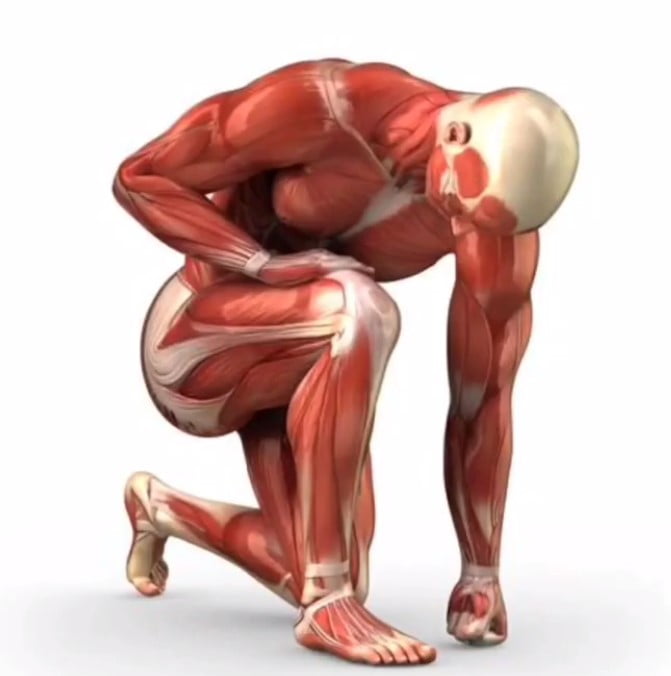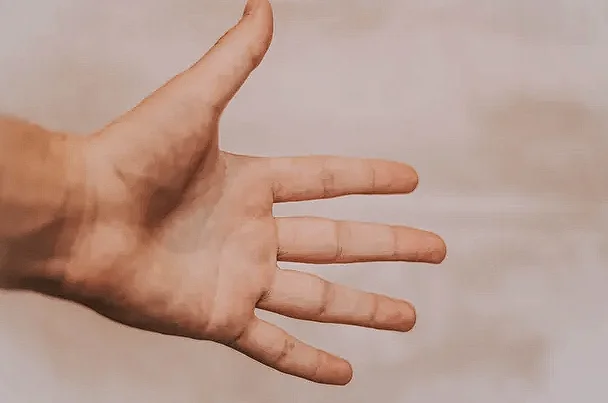Our hands are remarkable tools that play a fundamental role in our daily lives. From the simplest tasks to intricate movements, our hands are the gateway to our interactions with the world. They possess a unique combination of functionality, expressiveness, and fascinating characteristics that make them truly remarkable. Exploring the facts about hands unveils a wealth of intriguing information that sheds light on the incredible capabilities and significance of this vital part of our anatomy.
From ancient art to modern medical advancements, from sensory perception to non-verbal communication, the facts about hands reveal a captivating tapestry of knowledge that leaves us in awe of their complexity and importance. Join us as we delve into the world of hands and uncover the fascinating facts that make them such an extraordinary part of our human experience.
Interesting Facts About Hands

Image Source: Instagram @facts_thrill
- The human hand comprises 27 bones, which form around one-fourth of all the bones in our body. In addition, these bones work with muscles, tendons, and ligaments to provide the skill and precision we need for various tasks.
- No two individuals worldwide have the same fingerprints, not even identical twins. The pattern of ridges and valleys on our fingertips is formed during fetal development and remains unchanged throughout our lives, making it a reliable tool for identification.
- Our hands are compassionate to touch. Furthermore, they contain an abundance of nerve endings, with the fingertips being the most sensitive. As a result, this remarkable sensitivity enables us to perceive fine textures, temperature, and pressure accurately.
- The muscles in our hands are capable of producing impressive grip strength. A healthy adult can exert a grip force of around 20-25 kilograms on average. However, some individuals, like professional climbers or gymnasts, can achieve even higher levels of grip strength through specialized training.
- The arrangement of muscles, tendons, and joints in our hands enables us to perform intricate tasks precisely. Additionally, from playing a musical instrument to typing on a keyboard, our hands possess a remarkable ability to manipulate objects with fine motor skills.
- One key feature that sets human hands apart from other primates is our opposable thumbs. Consequently, this enables us to grasp objects between our thumb and fingers, giving us a significant advantage in tool use and manipulation.
- Approximately 90% of the population is right-handed, while scientists still need to fully understand the reasons behind the remaining 10% exhibiting left-handedness.
- Our hands play a crucial role in non-verbal communication. Gestures, such as waving, pointing, or thumbs-up, can convey messages and emotions without needing words. Our hands are powerful tools for expressing ourselves and connecting with others.
8 Fun Facts About Hands

Image Source: Instagram @h_and_s_facts
- Fingerprints have been used in criminal investigations for over a century, and their first recorded use as evidence in a murder case was in 1901, leading to a conviction. They have since become a crucial tool in forensic science.
- Each finger has a name: thumb, index finger, middle finger, ring finger, and little finger. The thumb is officially called the pollex, distinguishing it from the other digits.
- Handshakes are not just polite gestures but also convey trust and goodwill. Research has shown that a firm handshake positively influences how people perceive a person’s character and trustworthiness.
- Palmistry, the practice of reading the lines and shapes on the palm, has fascinated people for centuries. The lines on our palms can provide insights into our personality traits, future, and even health, although it lacks scientific support.
- The length ratio between the index and ring fingers has shown an association with certain personality traits. A more extended ring finger than the index finger may indicate higher prenatal exposure to testosterone, potentially influencing assertiveness and risk-taking tendencies.
- Hand yoga, known as “hasta mudras,” focuses on specific hand and finger positions believed to have therapeutic effects. Additionally, People practice hand yoga to reduce stress, enhance concentration, and balance energy.
- The high five, a celebratory gesture where two people slap their palms together, originated in the world of sports. Moreover, in 1977, baseball players Dusty Baker and Glenn Burke performed the first recorded high five, thereby popularizing it as a symbol of victory and congratulations.
- Hands have long been a subject of artistic expression. From ancient cave paintings to contemporary masterpieces, hands play a significant role in various art forms. Furthermore, depicting the intricate details, words, and gestures of hands requires exceptional skill.
READ ALSO: Human Fun Facts | Exploring Extraordinary Abilities
7 Fascinating Facts
- Ancient cave paintings often include handprints created by blowing pigment around a hand placed on the wall. Showcasing our ancestors’ presence and artistic expression.
- Haptic perception, our ability to gather information about objects through touch, relies heavily on our hands. Allowing us to explore textures, shapes, and temperatures.
- Hand transplantation is a groundbreaking surgical procedure that enables individuals who have lost a hand to regain function and sensation. Providing new possibilities for those with limb differences.
- Hand-eye coordination is a remarkable ability where our hands and eyes work together seamlessly. Allowing us to perform precise movements and tasks requiring coordination.
- Handwriting is a unique form of self-expression. Each individual has a distinctive style that reflects their personality, habits, and mood.
- Hand transplants can face challenges as the body’s immune system may reject the transplanted hand, requiring patients to take medications to prevent rejection. Consequently, this ongoing focus of research in the field aims to manage the delicate balance between acceptance and rejection.
- Moreover, sign language is not only used by deaf communities worldwide but also by individuals with speech and hearing impairments who rely on it as their primary means of communication. This visual and gestural language relies on the movement and positioning of hands and facial expressions to convey meaning effectively.

